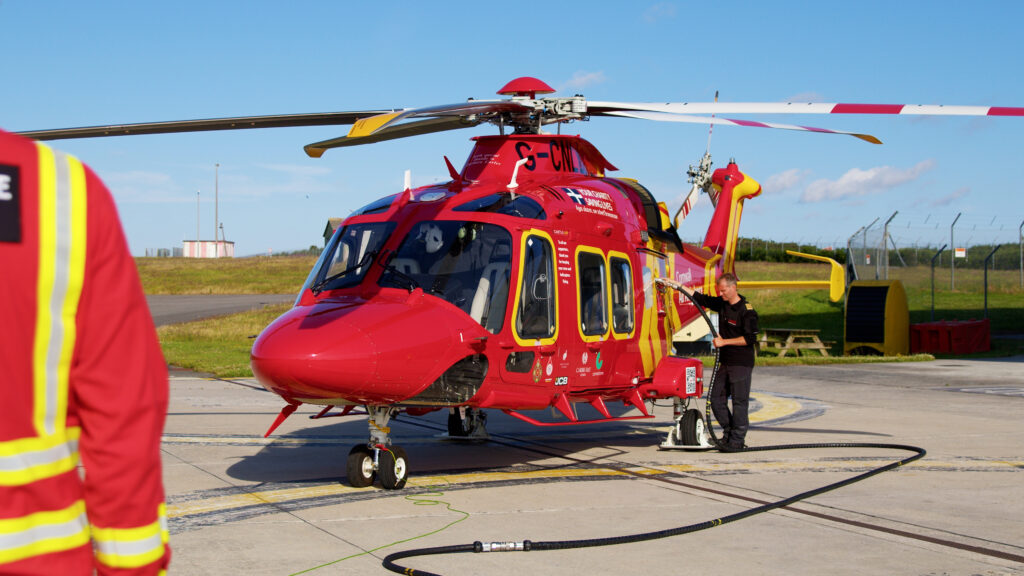Second helicopter to undergo ‘shakedown’ testing period

SEARCH BLOG POSTS
SEARCH BY CATEGORIES
SEARCH BY MONTH
Final test flights are taking place as Cornwall Air Ambulance’s second AW169 helicopter undergoes a ‘shakedown’ period before going into operation.
The shakedown testing period involves the pilot team carrying out around 20 hours of flying time on the aircraft, to check that everything is working in the expected parameters before being used for HEMS (Helicopter Emergency Medical Service) missions.
This should take around two weeks to complete, during which time the pilots will carry out numerous start-ups and shut-downs, landings and thorough usage of all the avionics, flight controls and systems.
During this time the crew will also be able to check that the updated medical fit in the rear cabin, which has been ergonomically designed by the clinical team, is configured correctly. Each piece of equipment is specifically positioned to allow the crew rapid access to kit on scene, so loading and unloading is important to test.
Once the shakedown testing is complete, the aircraft can go into operation and be used for our critical care missions across Cornwall and the Isles of Scilly.
Adam Smith, Unit Chief Pilot, said: “We are delighted that our supporters have come together to raise the funds needed during our Heli2 appeal, putting us in this fantastic position of owning two state of the art AW169 helicopters which will help us save many more lives for years to come. With the arrival of your new aircraft having taken place, we’re now entering a period known as ‘shakedown’, which is an important part of the process as we need to test the aircraft as close as we can to its operational requirements. We must make sure that it is capable of being started up quickly, flown hard, at speed, to scene and shut down again, consistently and for back-to-back missions if required.
“It is also a great way to be able to utilise the aircraft before it goes into service. We’ll be using the flying hours to capture some great content of your new helicopter, including shots of the Cornish coast from the air, some photography opportunities for our marketing team and also the potential for some pre-surveyed landings out in the community. So not only can we test the aircraft in line with its operational use, we can also make the most of having an additional helicopter at our disposal.”
Once the 20-hours flying time is complete the second aircraft is scheduled to go into operation in two weeks’ time.
You can follow the behind-the-scenes look at the shakedown period on our YouTube channel here.